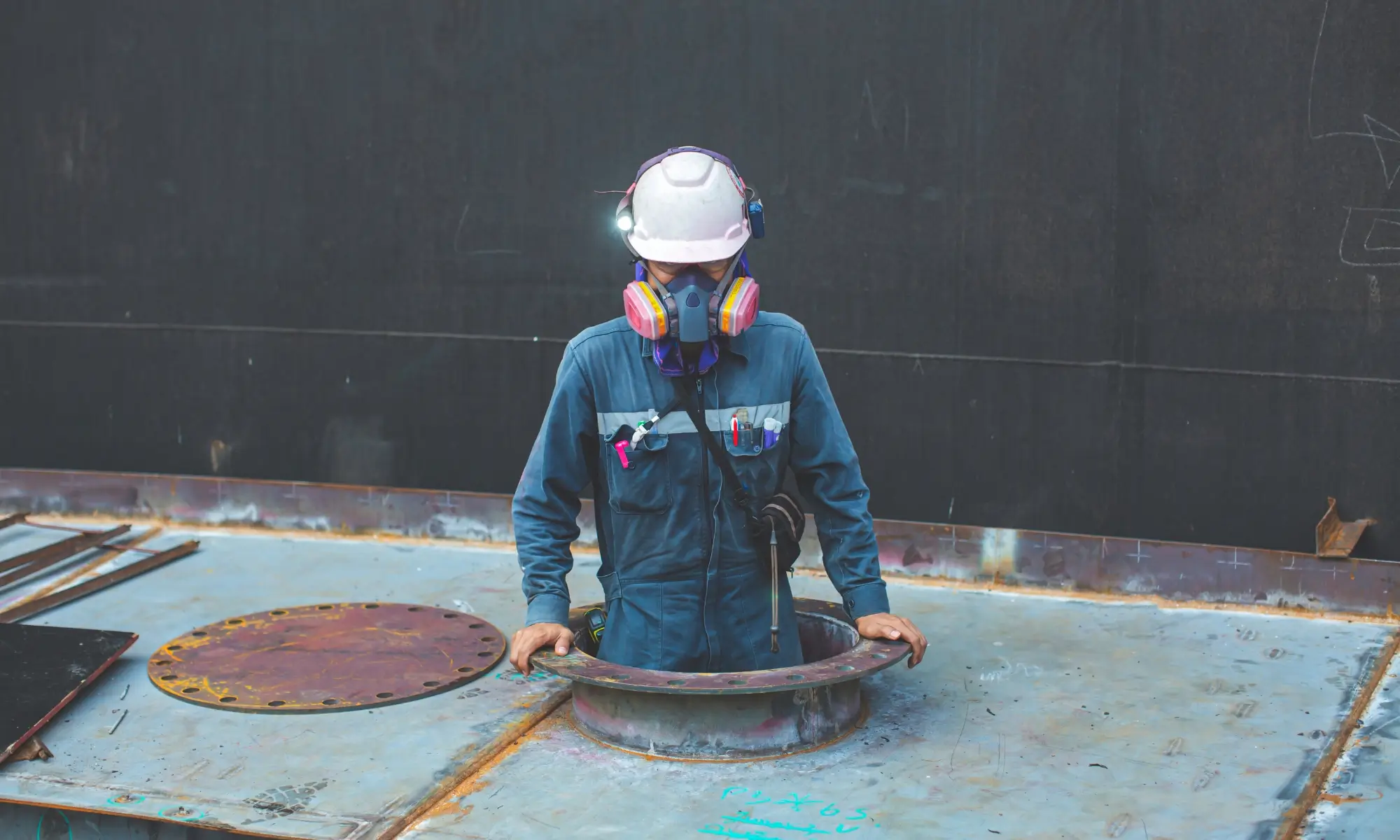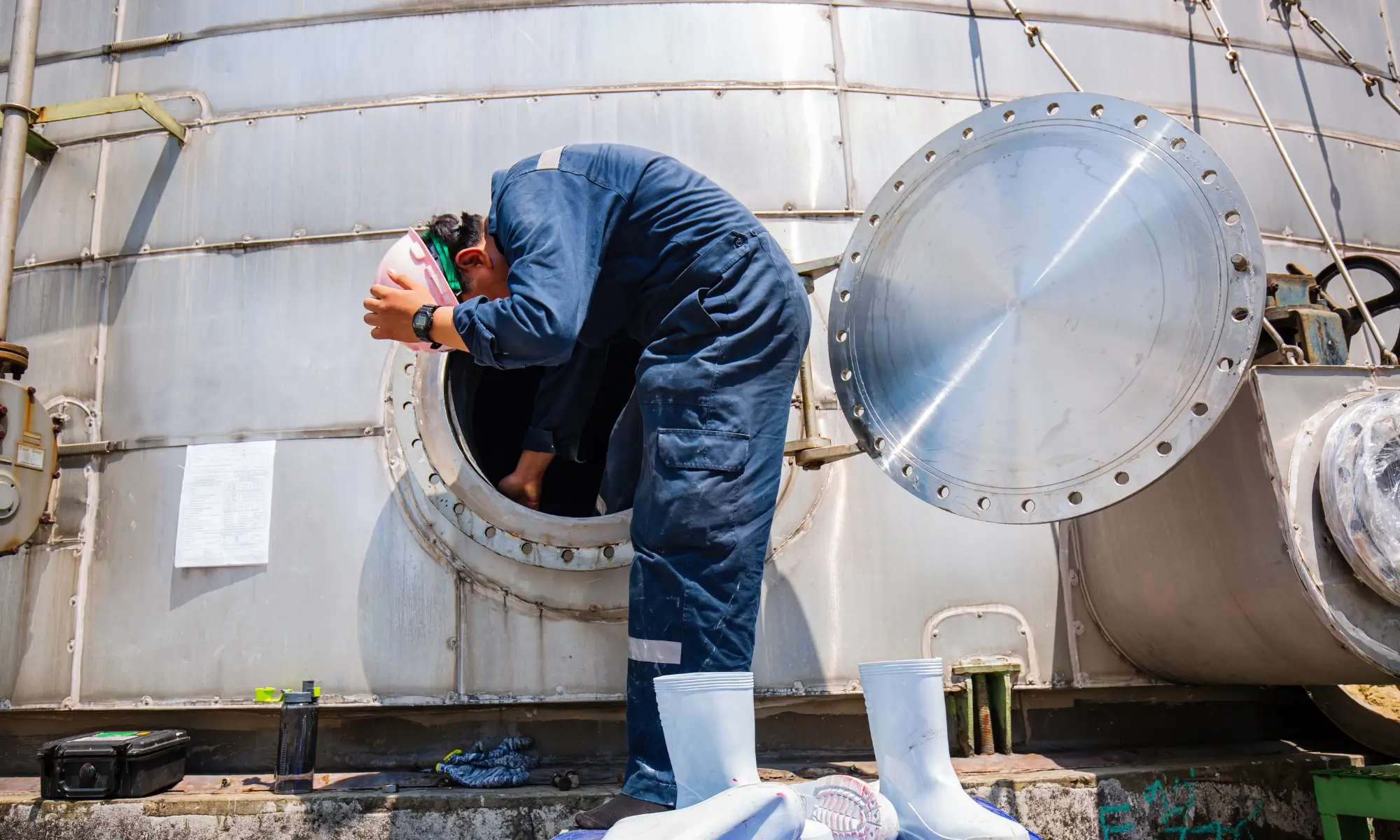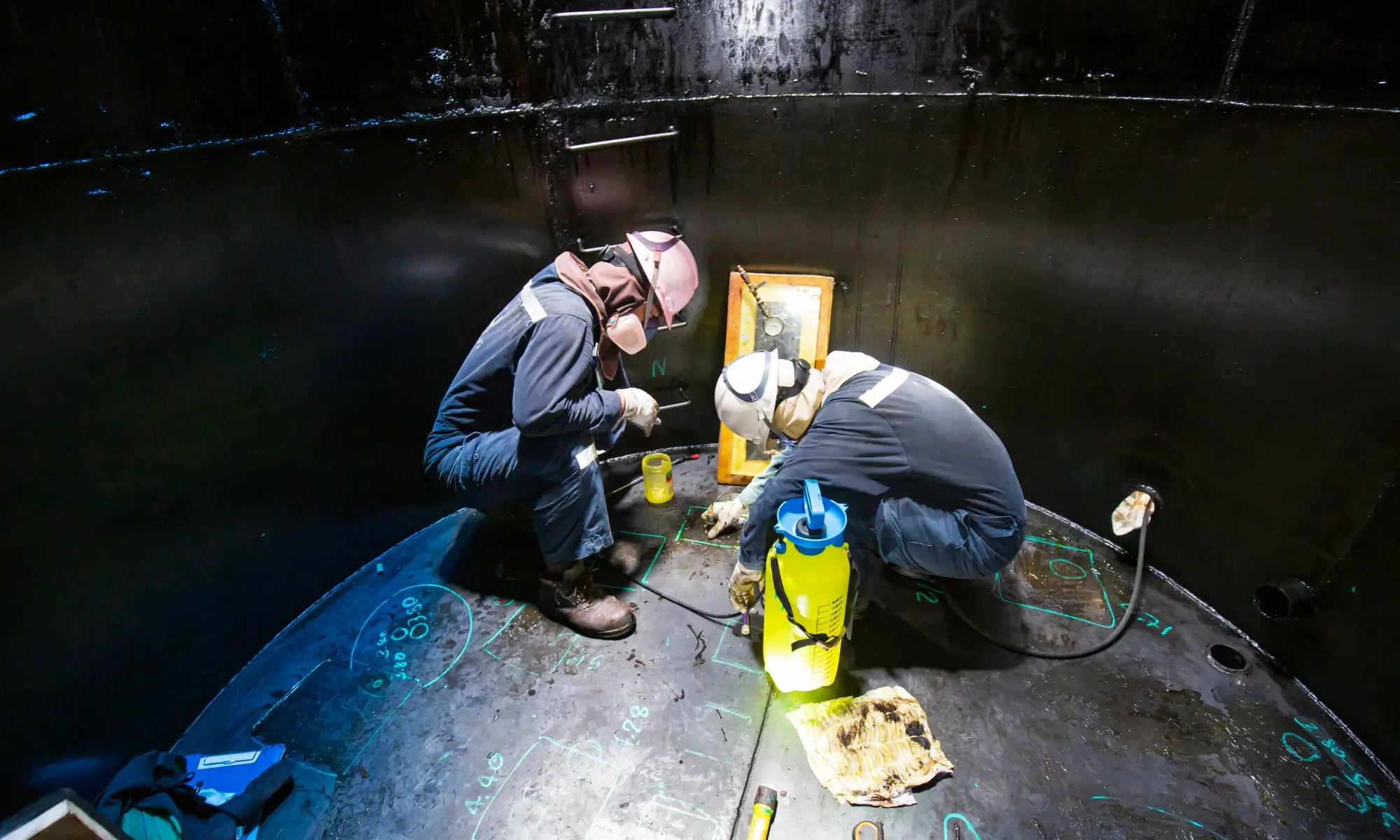Entering a confined space is fraught with hazards that demand meticulous preparation and adherence to safety protocols. Whether you’re new to confined space operations or a seasoned professional, understanding and avoiding common mistakes is crucial for ensuring the safety of all personnel involved.
This guide explores the ten most frequent errors made during confined space entry and offers actionable strategies to help you mitigate these risks effectively.

Confined Space Entry: The 10 Most Common Mistakes
Here are 10 of the most common mistakes made during confined space entry operations, which can lead to serious injuries, fatalities, or operational delays:
1. Ignoring OSHA Confined Space Standards
Failing to adhere to OSHA’s confined space standards is a critical oversight that can lead to severe safety breaches and legal consequences. OSHA’s standard 29 CFR 1910.146 provides comprehensive guidelines that define confined spaces and outline necessary safety measures. Ignoring these standards not only jeopardizes worker safety but also exposes your organization to potential fines and shutdowns.
Understanding and implementing these regulations is the foundation of any effective confined space safety program. Ensuring compliance helps in systematically identifying hazards and enforcing best practices.
Key Points:
- Familiarize yourself with OSHA’s 29 CFR 1910.146 standards.
- Define what constitutes a confined space according to OSHA.
- Implement OSHA-recommended safety protocols.
- Regularly review and update safety procedures to remain compliant.
- Train all personnel on OSHA standards and their importance.
2. Relying Solely on Human Senses for Gas Detection
Depending only on human senses to detect hazardous gases is a dangerous misconception that can lead to fatal consequences. Gases like hydrogen sulfide can impair your sense of smell at high concentrations, making it impossible to detect dangerous levels through odor alone. Even at lower concentrations, prolonged exposure can dull your olfactory nerves, further reducing your ability to sense toxic environments.
The only reliable method to ensure a safe atmosphere is by using calibrated gas detectors that provide real-time data on gas concentrations. Investing in quality detection equipment is essential for maintaining a safe workspace.
Key Points:
- Human senses are unreliable for detecting hazardous gases.
- Hydrogen sulfide can paralyze the sense of smell at high levels.
- Use calibrated direct-reading gas detectors for accurate measurements.
- Regularly test and maintain gas detection equipment.
- Do not rely on odor as an indicator of gas presence.
3. Neglecting Proper Training for Confined Space Entry
Proper training is paramount in confined space operations to ensure that all personnel understand the risks and know how to respond appropriately. Inadequate training can lead to a lack of awareness about potential hazards, improper use of safety equipment, and ineffective emergency responses.
Comprehensive training programs should cover the operation of gas detectors, emergency procedures, hazard recognition, and the proper use of personal protective equipment. Well-trained workers are more vigilant, adhere to safety protocols, and are better prepared to handle unexpected situations, thereby minimizing risks and enhancing overall safety.
Key Points:
- Implement comprehensive training programs for all employees.
- Cover operation of gas detectors and safety equipment.
- Train on emergency response and hazard recognition.
- Conduct regular refresher courses to maintain skill levels.
- Ensure all personnel understand their roles and responsibilities.

4. Failing to Maintain Gas Monitoring Equipment
Neglecting the maintenance of gas monitoring equipment can result in inaccurate readings, which may fail to detect hazardous conditions in time. Regular maintenance includes calibrating instruments, performing bump-tests, and replacing sensors as needed. Common mistakes include zeroing the instrument in a contaminated environment and overlooking scheduled calibrations, leading to faulty measurements.
Establishing a strict maintenance schedule ensures that your gas monitors are reliable and function correctly when needed. Proper upkeep of equipment is a non-negotiable aspect of any effective gas detection program.
Key Points:
- Establish a regular maintenance and calibration schedule.
- Perform daily bump-tests to ensure sensor accuracy.
- Avoid zeroing instruments in contaminated environments.
- Replace faulty or outdated sensors promptly.
- Keep detailed maintenance records for compliance and audits.
5. Not Identifying All Potential Toxic Gases
Assuming that only common toxic gases like hydrogen sulfide and carbon monoxide are present can lead to insufficient monitoring and increased risk. Different confined spaces may contain a variety of hazardous substances depending on the industry and specific environment. Conducting a comprehensive hazard assessment is essential to identify all potential toxic gases present in the workspace.
Selecting the appropriate multi-gas monitors equipped with sensors tailored to your specific hazards ensures comprehensive protection. Failing to recognize all possible toxic gases can leave critical gaps in your safety measures.
Key Points:
- Conduct thorough hazard assessments for each confined space.
- Identify all potential toxic gases present in the environment.
- Select multi-gas monitors with appropriate sensor configurations.
- Regularly review and update gas monitoring equipment based on new hazards.
- Ensure all identified gases are continuously monitored during entry.
6. Skipping Pre-Entry Atmospheric Testing
Pre-entry atmospheric testing is a crucial step that should never be overlooked, as it determines the safety of the environment before entry. Skipping this step can expose workers to immediate and severe dangers, including toxic gas exposure, oxygen deficiency, or flammable atmospheres. Proper pre-entry testing involves measuring oxygen levels, flammable gas concentrations, and the presence of toxic contaminants at multiple points within the confined space.
Using calibrated instruments ensures accurate readings and helps in making informed decisions about entry safety. Neglecting pre-entry testing compromises the safety of all personnel involved.
Key Points:
- Always perform atmospheric testing before entry.
- Test for oxygen levels, flammable gases, and toxic contaminants.
- Use calibrated and reliable testing instruments.
- Conduct tests at multiple points and heights within the space.
- Document all pre-entry test results for reference and compliance.

7. Assuming Safety After Initial Testing
Believing that the atmosphere remains safe after the initial pre-entry test is a common and dangerous misconception. Confined space environments can experience rapid changes in atmospheric conditions due to ongoing operations, ventilation changes, or external factors. Continuous monitoring is essential to detect any fluctuations in gas levels or oxygen concentrations that could pose new hazards.
Additionally, OSHA mandates re-entry testing if the confined space has been vacated for more than 20 minutes. Implementing continuous monitoring practices ensures ongoing safety and immediate response to any detected changes.
Key Points:
- Continuously monitor atmospheric conditions during entry.
- Use portable gas monitors for real-time assessment.
- Conduct re-entry tests if the space is vacated for over 20 minutes.
- Be aware of activities that could alter the atmosphere inside the space.
- Ensure that monitoring equipment remains functional throughout the operation.
8. Failing to Assign a Dedicated Attendant
The role of an attendant is critical in maintaining safety during confined space operations. An attendant is responsible for monitoring entrants, maintaining communication, and initiating emergency procedures if necessary. Failing to assign a dedicated attendant can result in a lack of oversight and delayed responses to emergencies.
The attendant must remain outside the confined space and focus solely on safety tasks, avoiding any distractions or unrelated duties. Having a dedicated attendant ensures that there is always someone vigilant and prepared to take action in case of an incident.
Key Points:
- Assign a dedicated attendant for every confined space entry.
- Ensure the attendant is trained in monitoring and emergency procedures.
- Maintain constant communication between the attendant and entrants.
- The attendant should never enter the confined space.
- Clearly define the attendant’s roles and responsibilities.
9. Lacking a Confined Space Emergency Plan
Not having a well-defined emergency plan can lead to chaos and ineffective rescue efforts during a confined space incident. An emergency plan should outline the specific steps to take in case of various emergencies, including gas leaks, equipment failure, or medical emergencies. Without a clear plan, responders may act impulsively, increasing the risk of injury or fatalities.
Developing and regularly practicing an emergency response plan ensures that all personnel know their roles and can act swiftly and effectively when needed. A robust emergency plan is essential for minimizing the impact of unforeseen incidents.
Key Points:
- Develop a comprehensive confined space emergency response plan.
- Include specific procedures for different types of emergencies.
- Train all personnel on the emergency plan and their roles.
- Regularly practice and update the emergency procedures.
- Equip the emergency team with necessary tools and resources.

10. Underestimating the Importance of Proper Signage and Labeling
Proper signage and labeling are essential for the quick identification of confined spaces and the associated hazards. Inadequate or unclear signs can lead to untrained personnel entering dangerous areas, increasing the risk of accidents.
Effective signage should clearly mark all confined spaces, indicate whether they are permit-required, and display relevant hazard information. Standardized signs help ensure that everyone understands the dangers and the necessary precautions. Implementing a robust signage and labeling system is a simple yet effective way to enhance workplace safety.
Key Points:
- Install clear and standardized signage for all confined spaces.
- Indicate whether a confined space is permit-required.
- Display relevant hazard information on signs.
- Ensure signs are visible and maintained in good condition.
- Train employees to recognize and understand all confined space signs.
Conclusion
Confined space entry presents significant risks, but by avoiding these common mistakes, you can greatly enhance the safety and effectiveness of your operations. Adhering to OSHA standards, utilizing reliable gas detection equipment, ensuring comprehensive training, and maintaining robust safety protocols are all critical components of a successful confined space safety program. Prioritizing these elements not only protects lives but also fosters a culture of safety and responsibility within your organization.

